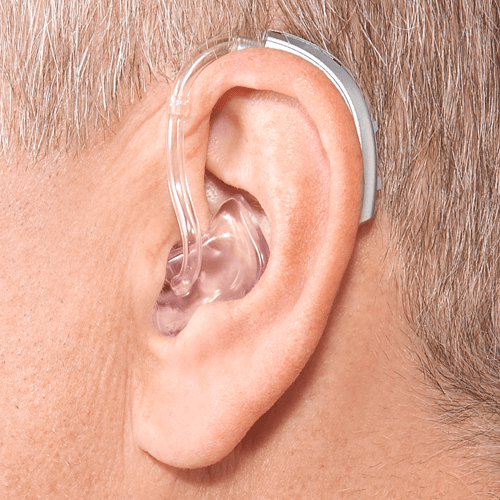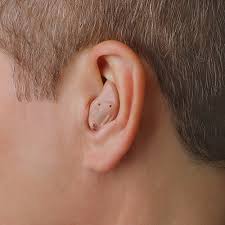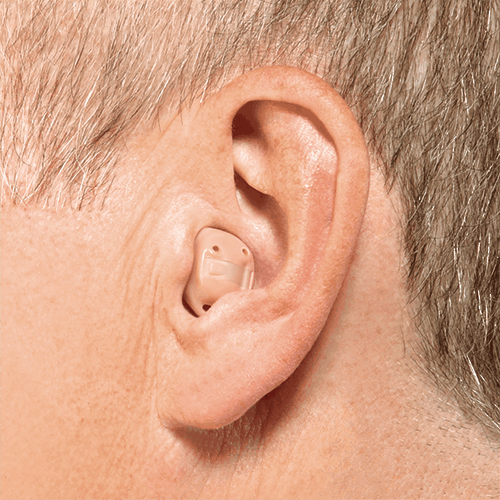Guide to Hearing Aid Styles
Choosing the Perfect Hearing Aid
When it comes to choosing the perfect hearing aid, there are a few things to take into account. Some hearing aids are very small, and if you have severe hearing loss, these small devices might not have the space for a large enough battery to provide enough power to match your hearing loss. You’ll also need to consider what programs and settings you want, such as connectivity features, or T-coil technology, and think about your budget.
 Digital hearing aids can be entry level or premium, and the level you select will determine the price, as well as the programs and features your device will be capable or running. Another thing to consider when choosing a style is manual dexterity. Some devices can be manually adjusted using a small button on the device, and others are completely automated, sensing changes in the listening environment, and automatically changing programs and settings, and adjusting the volume.
Digital hearing aids can be entry level or premium, and the level you select will determine the price, as well as the programs and features your device will be capable or running. Another thing to consider when choosing a style is manual dexterity. Some devices can be manually adjusted using a small button on the device, and others are completely automated, sensing changes in the listening environment, and automatically changing programs and settings, and adjusting the volume.
Before coming in for your first appointment, think about where you struggle the most to hear, and we’ll recommend the style that will suit you best, along with the programs that will help you hear.
Hearing Aid Styles

Behind the Ear Hearing Aid
Behind-the-Ear (BTE) devices are extremely popular for every level of hearing loss. At the name suggests, all the components of the hearing aid sit behind the ear, and a small, clear tubing runs from the device to the ear canal, directing the sound into your ears. These devices match your skin tone, but if you want to make a statement, you can order a BTE device in a vibrant color to match your personality and style.
Some BTE styles have an earmold in the ear, and the thin tubing connects the hearing aids to a custom earmold that sits in the ear. The earmold can provide better sound quality for those with low frequency hearing loss, and can reduce feedback.

Receiver in Canal Hearing Aid

In the Ear Hearing Aid

In the Canal Hearing Aid
In-the-Canal (ITC) hearing aids fit inside the ear canal, and the lower half of the outer ear. They’re comfortable to wear, and have an average battery life. They have controls on the case that allow you to change between settings and adjust the volume.

Completely In the Canal Hearing Aid


